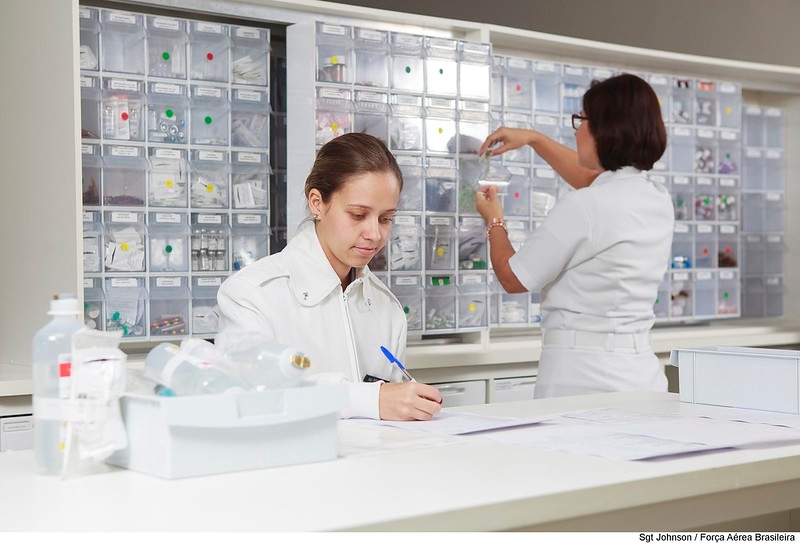Recommended
Antimicrobial resistance (AMR) is a major public health issue that poses a threat to global health security, with India carrying one of the largest burdens of drug-resistant pathogens worldwide. The widespread misuse and overuse of antimicrobials, both in the home and in hospital settings, is a major cause of the emergence and spread of resistant microorganisms. To tackle this threat, we must fill the gaps in our knowledge regarding the prevalence of AMR in India. Moreover, it is essential that antimicrobial innovation is enhanced, accessibility is increased, and stewardship practices are dramatically improved. This study aimed to assess the current situation of AMR in India, evaluate the scope of the National Action Plan on AMR (NAP-AMR), and suggest policy recommendations to improve innovation and reduce the overuse and misuse of “high-end” antimicrobials (defined here as relevant Watch and Reserve categories of the WHO AWaRE list that treat critical-priority pathogens in the Indian Priority Pathogen List, or IPPL). This study used several approaches, including compiling an antimicrobial surveillance database, creating a drug pipeline and approval database, reviewing the NAP-AMR and state action plans, conducting stakeholder interviews, and identifying literature through systematic searches. The findings reveal that the Indian healthcare system faces significant challenges in terms of accessibility, affordability, and drug procurement, with the decentralized regulatory process leading to inefficiencies and delays.
Key messages
- More than a million people die in India every year with a drug-resistant pathogen. Addressing this issue requires the enhancement of antimicrobial innovation, accessibility, and stewardship practices.
- India's National Action Plan on antimicrobial resistance (AMR) aims to combat antimicrobial resistance, but there is insufficient focus on drug procurement, access, and stewardship practices, as well as scarce implementation and inadequate uptake by the states; only four states have state action plans.
- Recommendations aim to enhance access to relevant Watch and Reserve antimicrobials (drugs that the WHO recommend should receive greater protection from overuse and should only be used as a last resort, respectively) to treat critical-priority pathogens in India and ensure appropriate stewardship practices. Proposals include modifying procurement practices in national and state AMR action plans, including essential antimicrobials in state drug procurement lists; improving inter-state coordination; enhancing surveillance; and improving diagnostics facilities in all hospitals. Hospitals must be aligned to utilize accreditation, certification, and empanelment systems alongside an assurance program.
- Creating an innovation ecosystem for antimicrobial R&D involves developing targeted antimicrobial profiles for the Indian context and making procedural changes to facilitate R&D of relevant Watch and Reserve antimicrobials to treat critical-priority pathogens in India
Rights & Permissions
You may use and disseminate CGD’s publications under these conditions.







